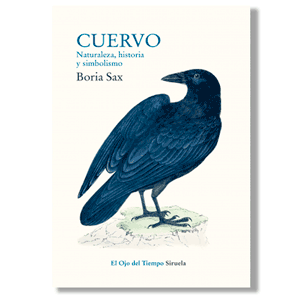

In contrast, this volume suggests the myriad and intricate ways all other animals function in the human mind. While the roles of some of the animals, insects, birds, reptiles, and amphibians have been explored in more depth in articles and books like Sax's own The Frog King (1990) and The Parliament of Animals (1990), such works by necessity are focused either on particular animals, particular cultures, particular historical periods, or particular literary genres. In the interim it fills a gap in our pursuit of the human/animal bond. Sax's volume, with the more than one hundred beings he includes listed alphabetically and each entry appended with a useful bibliography, is intended to urge researchers on to further shores. Both are vast and, unfortunately, neglected areas of knowledge-to the detriment of human and nonhuman animals alike.

In time the total weight of such volumes might come to adequately represent the importance of animals to the creativity of human beings as well as the importance of human stories about animals to how the animals themselves have fared in an increasingly human dominated world. Reviewers who choose that route to this impressive collection of hard-to-obtain information about the roles of animals in the world's myth, legend, and literature ought instead to devise their own encyclopedias (and like-minded reviewers of their volumes should do the same). It is always easy to fault such a gigantic venture as The Mythological Zoo, pointing out creatures omitted, cultures overlooked, authors missed, sources ignored.


 0 kommentar(er)
0 kommentar(er)
